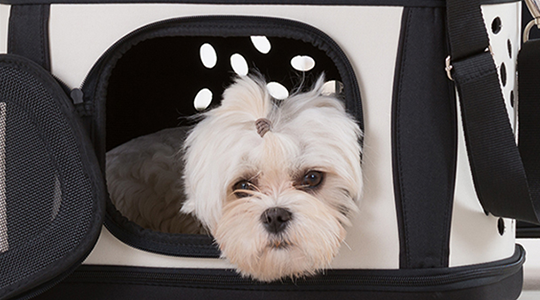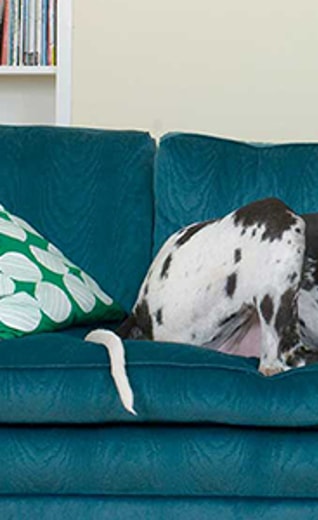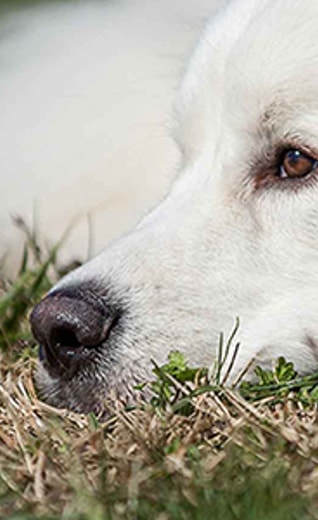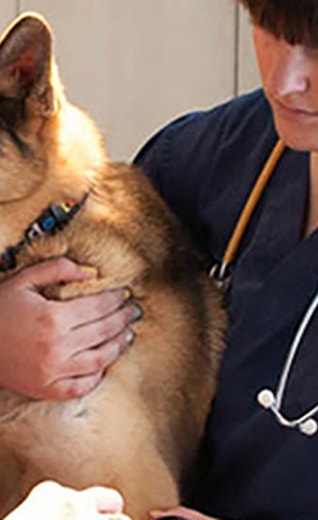
Traveling with Your Small Dog
In a survey by one pet-travel website, 78% of vacationing dog owners have booked rooms in pet-friendly hotels. Trends like these have made the hospitality industry take notice, and more travel destinations today welcome dogs.
Before you head out with your dog in tow, take a look at these smart ways to keep your small pooch safe and happy—no matter how you travel.
7 tips for a smoother trip
1. Tag him: If your dog gets lost in an unfamiliar place it can be disastrous. Be sure his collar is secure, and that your address and phone number appear clearly on his tags. Also affix your cell phone number to the tags with strong tape. Carrying a current photo of him is a good idea, too. It is also strongly recommended that you have your vet insert microchip tracking devices (opens in new window) under your dog's skin.
2. Pack his papers: Ask your vet for a health certificate that provides proof of updated shots. Some lodging destinations and all boarding locations require it. Vets can also prescribe mild sedatives if your dog gets car sick, or feels nervous on an airplane or boat.
3. Take a long walk before you go: A recently exercised dog will be in a more relaxed state for the trip, and is more likely to sleep.
4. Limit food before takeoff: Don't feed your dog for at least six hours before plane travel. Some people recommend eight or even a full 24 hours. Please consult with your veterinarian for his or her recommended fasting time, as small dogs—especially those under 10 lbs.—can develop low blood sugar if not fed for a long period. Do, however, make sure your dog has access to water.
5. Flying in the main cabin with you: Please note that reservations are needed if your small dog is flying in the cabin with you or not—and not all airlines accept dogs. Reservation guidelines and costs vary among airlines, so check the details. In addition, a health certificate may be required by the airline. These are the general crate requirements for flying with your dog: Ample bedding for absorption and enough room for the dog to stand and turn around comfortably.
6. Carry his comforts: If possible, bring your dog's bedding, bowl, regular food, and favorite toys with you.
7. Take a break: On a long car ride, stop every two or three hours during the day for your dog to take a bathroom break, have a drink of water, exercise, and experience the new environment. Frequent stops are also recommended at night.
Finally, before planning your trip, check out www.dogfriendly.com (opens in new window) for a comprehensive listing of hotels and campgrounds, restaurants, and theme parks across the country that will treat your small dog like a top dog.







